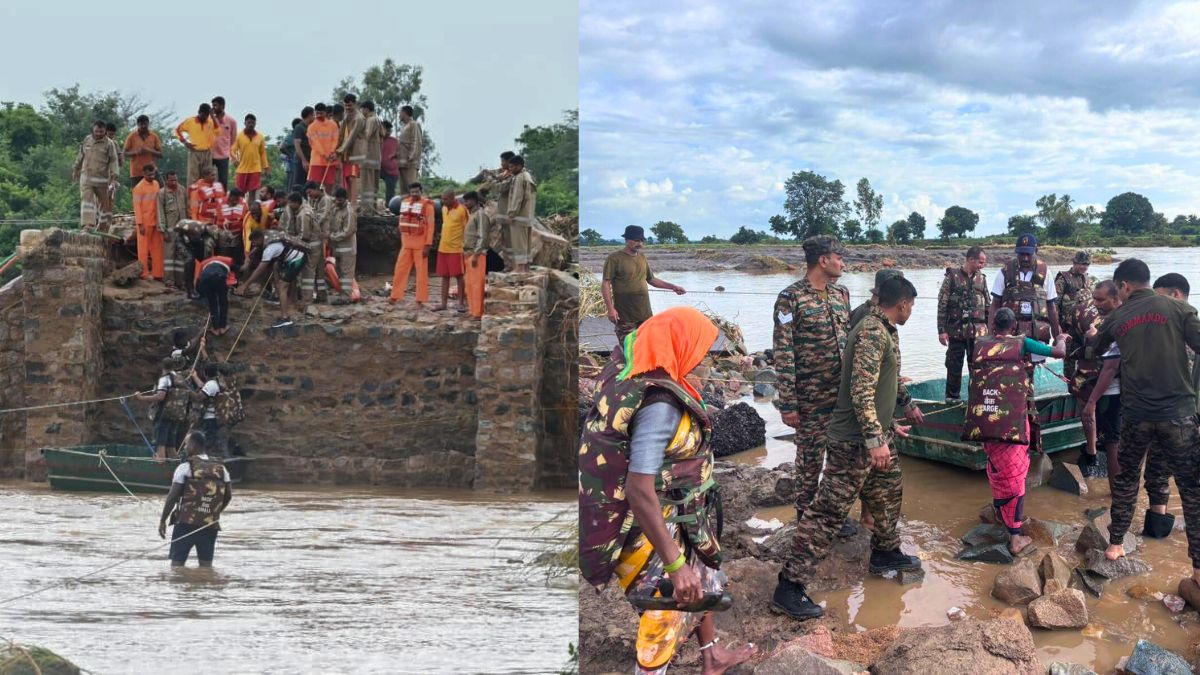As devastating floods wreak havoc across large parts of India, the Indian Army has once again risen to the occasion, demonstrating unwavering commitment to saving lives and supporting affected communities. Since the start of the monsoon season in April 2025, the Army has been at the forefront of humanitarian assistance and disaster relief (HADR) missions at 75 locations nationwide.
From using drones to rescue those trapped and affected to delivering food along with other relief material, the Indian armed forces are doing everything in their capacity to help the needy. Additionally, the forces are also conducting restoration works to make the roads, bridges operational once again.
Indian Army flood relief: What is the scale of operations?
The magnitude of the Army’s response underscores both urgency and efficiency as it has mobilized 126 rescue columns, rescued over 21,500 civilians. Further, medical aid has been extended to nearly 9,700 people and more than 23,500 kilograms of relief supplies delivered.
Moreover, to restore access and ensure continuity in relief operations, Army engineers constructed 29 bridges, including one spanning 110 feet, and fortified bundhs at 12 locations. Helicopter units contributed significantly, clocking 500+ flying hours, often braving difficult weather and risky terrain.
Punjab floods: How is army leading the efforts?
Punjab faced some of the worst flooding due to persistent rains. The Army’s presence here was particularly robust as 48 rescue columns have been deployed, nearly 10,000 civilians rescued, medical assistance provided to 4,700 people, 12,500 kilograms of relief supplies distributed and 250+ flying hours by helicopters, used to airlift villagers and reach remote areas.
The Army also ensured the safe evacuation of around 500 security forces personnel, including BSF troops, from forward posts in Lassian, Kasowal, and Darya Mansur.
From the flooded interiors of Punjab to remote, submerged regions across India, the Indian Army continues to exemplify its motto of “Service Before Self.” Whether it’s building bridges, delivering critical supplies, or evacuating stranded citizens, the olive green uniform remains a symbol of hope—always among the first to arrive and the last to leave when disaster strikes.
